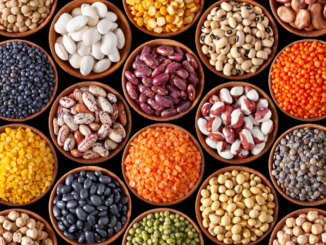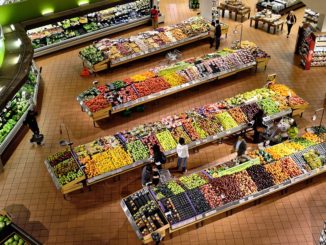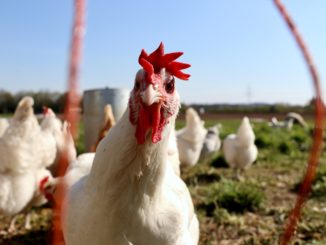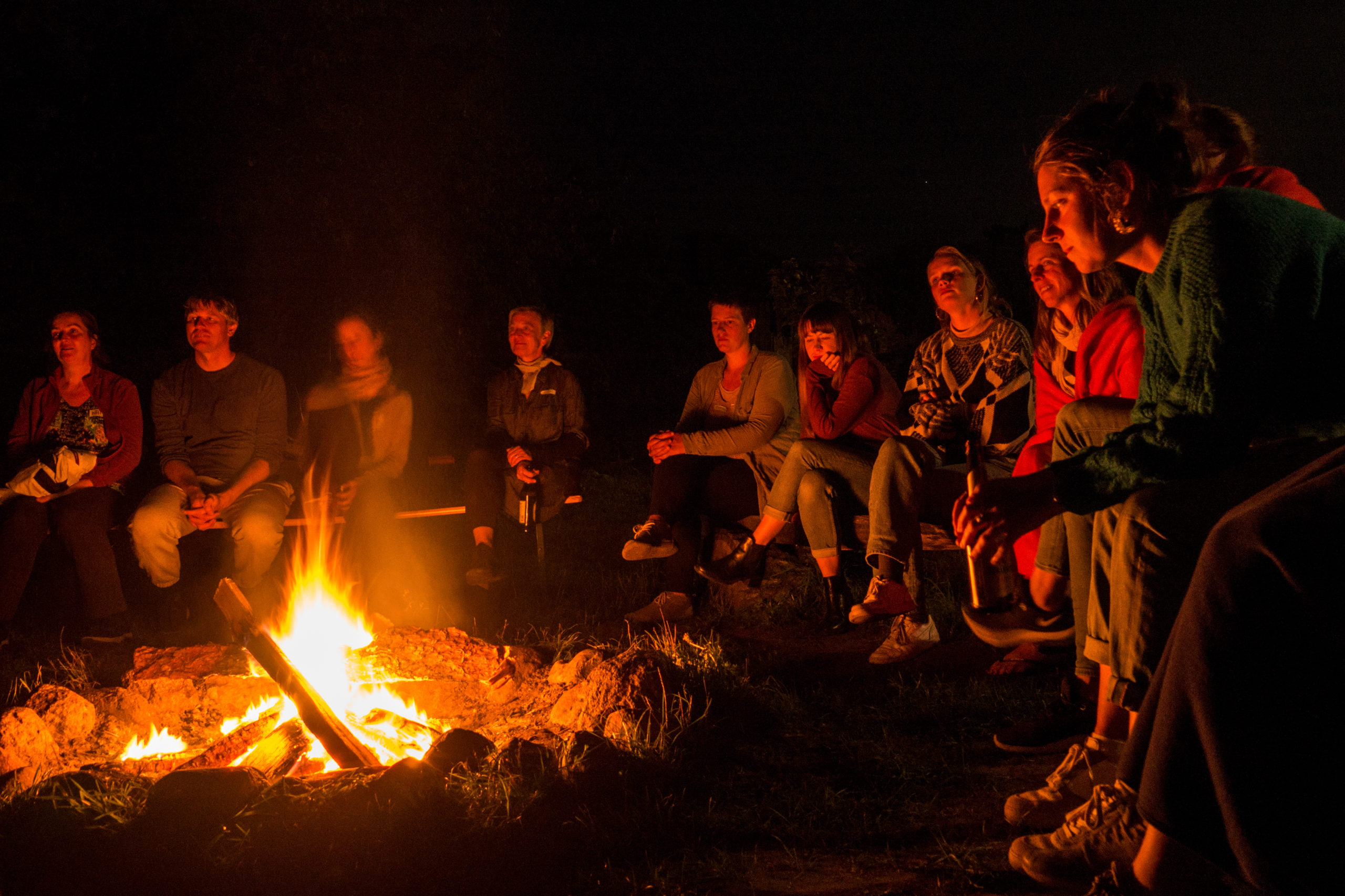
In Berlin, on the eve of the Wir haben es satt! demonstration at which thousands marched for a socio-ecological agricultural future, two of ARC’s founders, Benny Haerlin and Hannes Lorenzen, sat down with Marinke van Riet to discuss her work as chief weaver of Healthy Food Healthy Planet. Healthy Food Healthy Planet is an intersectoral movement that brings together civil society actors and funders in the transition to healthy, just and sustainable food environments. The following conversation with Marinke gives an insight into this burgeoning initiative, including its approach to participatory grant-making. We also learn about some of the projects that have been supported and funded since Healthy Food Healthy Planet was initiated in 2020, and Marinke’s perspective on the “tremendous energy for change” in food and farming.
Benny Haerlin: Marinke, tell us about this new hive you are weaving.
Marinke van Riet: The hive that we’re weaving is called Healthy Food Healthy Planet. Healthy Food Healthy Planet aims to be a movement of movements, trying to convene, listen to and act with as many voices as possible of people who want to transform or change food environments to make them healthy, just and sustainable. And we’re looking at that from an intersectoral perspective; so agriculture plays a big role, and so too does the health sector, food justice, food equity, climate, environmentalists. They all play their role in the transition and can benefit from weaving.
BH: Is this just another coordination effort?
MvR: Yes, in a way, it is another coordination effort. But an additional element is that coordination does not only take place among civil society, but it also takes place among funders, among philanthropies. Because the fragmentation that we see within civil society also plays out within the philanthropic world. So the coordination that Healthy Food Healthy Planet aims to do is around bringing even those two very different constituencies that have quite similar visions together in one. Not necessarily for alignment, but rather for coordination.
BH: Are you addressing European policies, national policies or regional policies?
MvR: All of the above, and many more. It depends very much on which entry point – which we call levers of change – you want to move. So within Healthy Food Healthy Planet we have three levers of change, or three power blocks that need to be influenced in order to get to those healthy, just and sustainable food environments. These levers of change are: retail, as supermarkets and retailers play a very powerful role in food environments; public and private financing since investors play a major role in determining where the investments are going; and then sub-national action such as food policy councils, very local initiatives that can champion good behaviour that needs to go on and be connected and amplified. So looking at the three levers, I would say it’s more at national level rather than the European level. But we also recognise that the EU, through its CAP and through the sustainable food systems legal framework, has key opportunities to look at the higher aggregate level.
Hannes Lorenzen: Is it correct to say that you start from the public health perspective when you look at policies, and you try to make others aware of the key issues that lie in public health?
MvR: It’s actually a little bit the other way around. During the strategic co-creation process, there was a recognition that the messages from the health sector and the positioning from the health sector had not been sufficiently integrated into agricultural and food system thinking. And that’s where we thought that Healthy Food Healthy Planet really needs to embed those health components.
BH: Could you give us some examples of what you have initially funded and supported so we get a concrete picture?
MvR: There was an initial set of 12 projects, involving 35 organisations that have been financed through the pooled fund within Healthy Food Healthy Planet. They’re all available on the website, but I can give you a snapshot. The Food Foundation in the UK wants to focus on moving the investors’ world. They’re organising an Investor Summit, the first of its kind, called Putting Money on the Menu, and are really making sure that there’s a coalition of the willing, champion investors, that are going to divest from heavy industrial farming, especially meat and dairy. Moving to an example in France, coordinated by Solagro and Pistyles there’s an emerging Alliance pour les Transitions Agricoles et Alimentaires that looks at the issue of food environments and meat reduction at sub-national level and bringing those efforts to the national level. There is Ecologistas en Acción that works with Deutsche Umwelthilfe in Germany on the True Price of Mediterranean Foods, because a lot of the veggies that are grown in the Mar Menor in Spain are actually sold in Germany and those links -especially on the true price- need to be much clearer. Those are just three examples of projects.
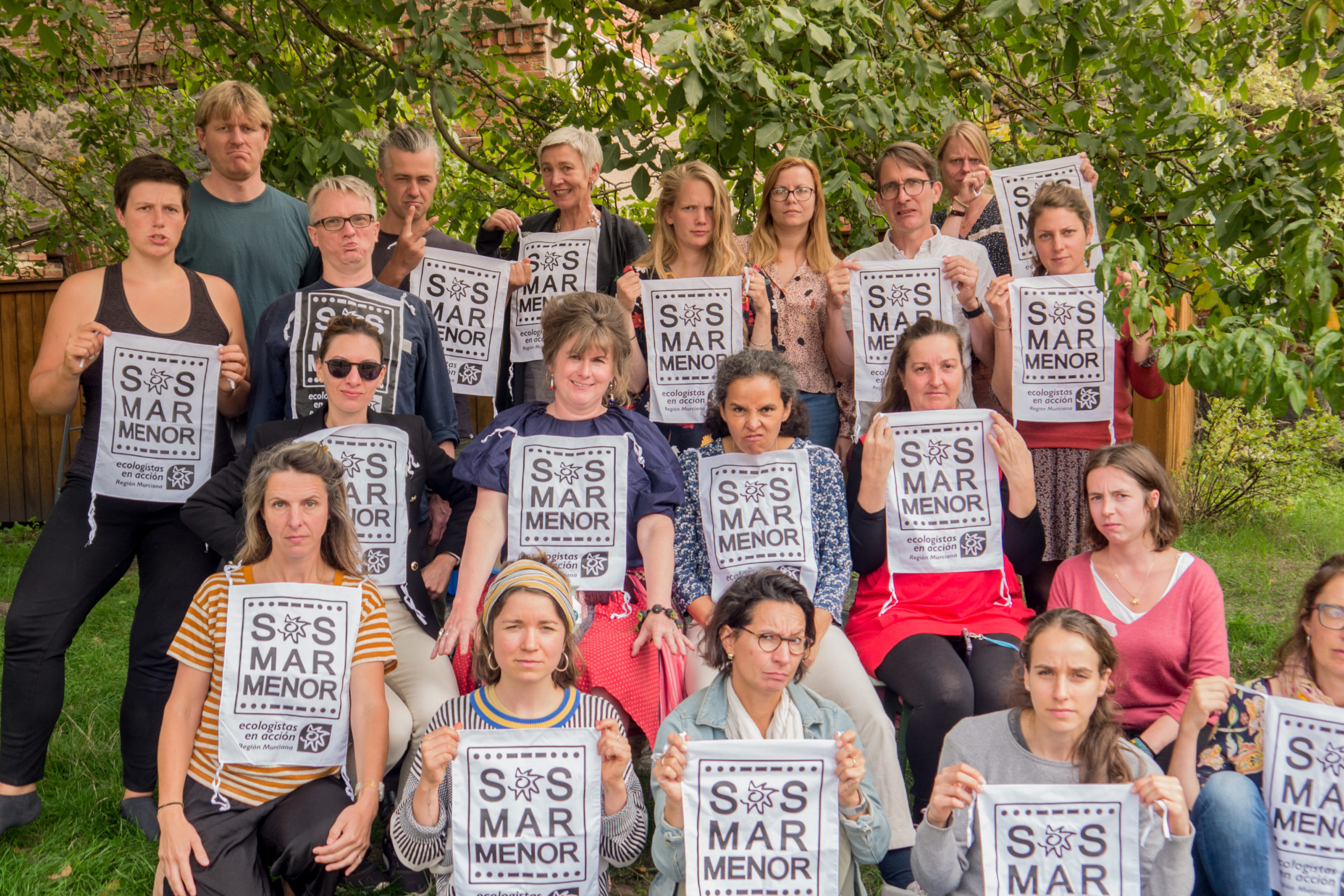
BH: Really exciting! And we understand that you also aim at a new type of organising. Tell us a little bit about what is a “Hive”.
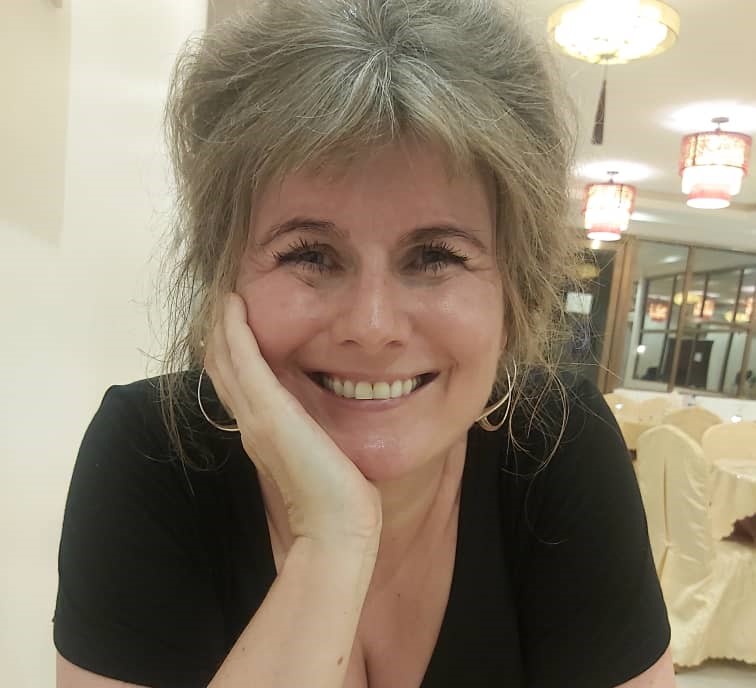
MvR: The different kind of organising comes out of the thinking that business as usual is no longer an option. If we look at system change, if we look at transformation, it’s not only about the why, but it’s also about the how, and how we are organised. And so we’re trying to do it differently, both in terms of governance, as well as in terms of learning and accountability.
In terms of governance, we are inspired by holacracy, or rather by self-organising. So (we are not organised) through a steering committee or an advisory board, but really laying the mandates and laying the energy where they need to be, close to the people, organisations and communities of practice that we’re trying to animate.
And then in terms of the philanthropic component, or the funding component. There are obviously huge power dynamics at play. Creating a movement when there’s also funding can sometimes be a blessing, or a curse if you don’t do it well. So our thinking at the moment is that we’re moving into participatory grant-making, which is gaining momentum both within the philanthropic world as well as within civil society.
Participatory grant-making would mean that ideas would be co-created within communities of practice through the hive, the online hive, and once people start to get to know each other and start to work and share their ideas a bit, it goes up to a body, which we have titled a “kitchen table”. Kitchen tables are used for good food, they’re used for good conversation, so why not also for good decision-making? The kitchen table would be made of three civil society representatives and three funder representatives, and they would together decide which co-created projects would get funding. But they don’t do that just like that, because obviously there’s a lot of biases involved. The ideas and priorities for the year coming would also be set through an annual (un)learning forum. And that annual forum could be seen as sort of an assembly but it’s not a closed shop. Because the purpose of Healthy Food Healthy Planet is to continuously move as a movement, making sure that we don’t miss certain views, certain opinions, certain newcomers, so that you are continuously moving and transforming.
BH: We are meeting here the day before the Wir haben es satt! demo in Berlin, which probably is quite a picture of your hive in a way, because very different movements are coming together, joining forces and demanding a just, agroecological push on agriculture and food and so on and so forth. You’ve been traveling Europe and talking to a lot of initiatives over the past couple of months. What is your sense of energy? Where do you see this movement, this compositive movement which may not even call itself one singular movement? What is your sense of the energy, of the priorities of this movement at this moment of multiple crisis?
HL: To add a word, is there already critical mass?
MvR: No, there’s not yet THE critical mass. There’s critical thinking and there are free radicals, and I think I’m talking to a few at the moment. I would say, that the additional challenge with food and with agriculture is that there’s not one single food or one single agriculture. There are many different cultures, and the advice I got at the beginning of starting this role was like “Marinke, don’t ignore food cultures.” And I’ve taken that message to heart. I’m an anthropologist, so I look at those contexts. And I see that the energy is highly contextualised. It is highly localised, but there’s a tremendous energy for change. If we use again, the words of Wir haben es satt!, we’re fed up. I see that across the board. And the crises are now compounding; there’s a climate crisis, there’s a food crisis, there’s an energy crisis, there’s a cost of living crisis. But people are – because of those compounding crises – ready for change. And I do see that call for change becoming stronger and stronger, but there’s not yet that one big, strong, critical mass that Hannes was referring to.
BH and HL: Thank you, Marinke!
More:
Protest, Pesticides and the Parliament – European news round up
Five Talks to Catch at Soup & Talk 2023 – this Saturday 21st January


